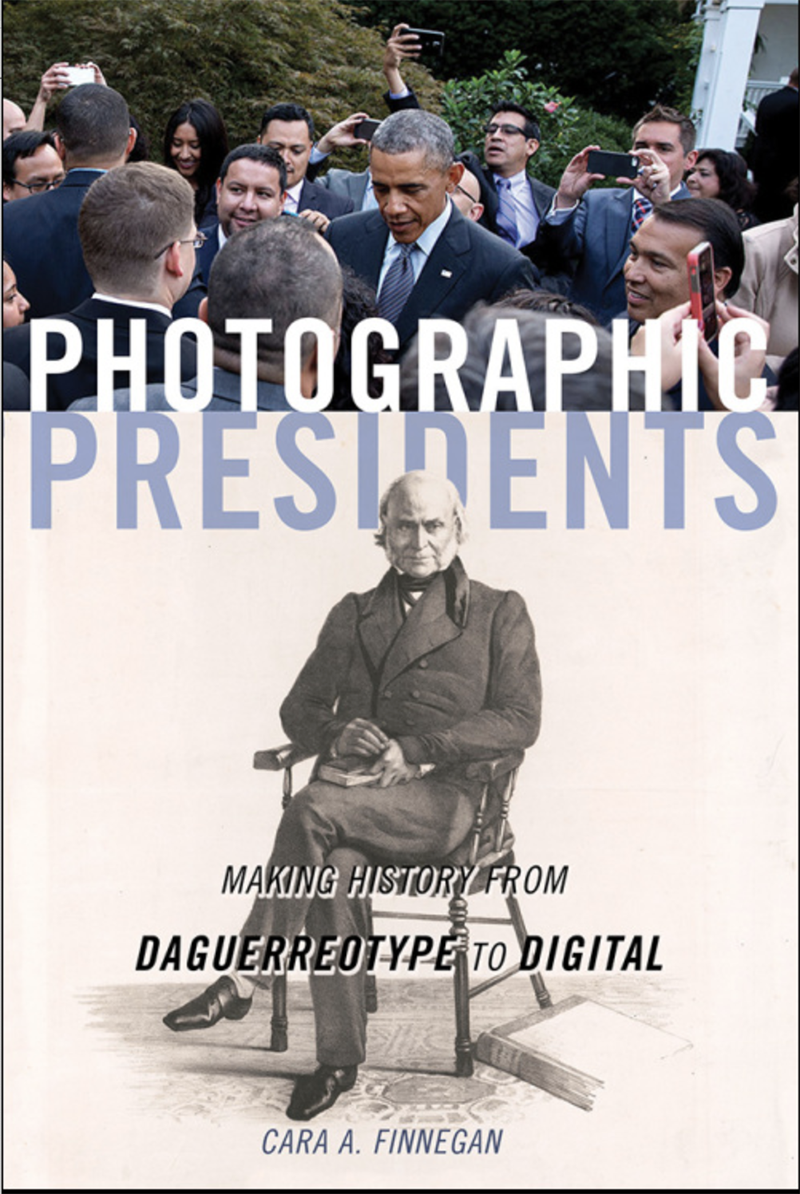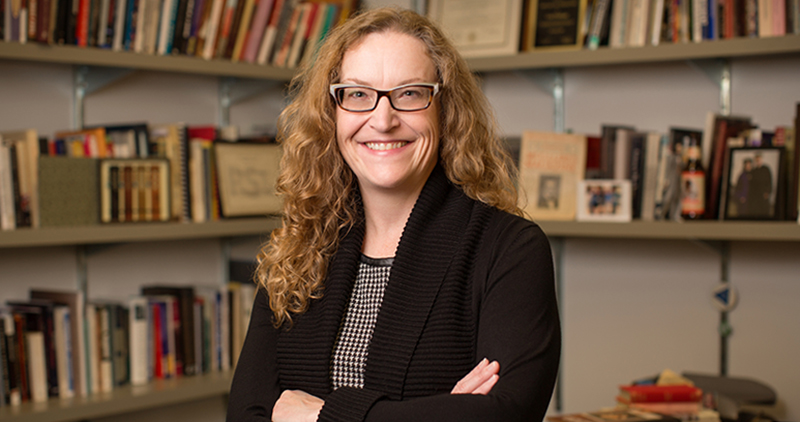If living through the last several administrations has taught us anything, it’s that the power of the president’s public image is both undeniable and consequential. And as good citizens, it should be incumbent upon us to question how it was constructed, by whom, and to what end.
When I first learned that Cara Finnegan, Professor of Communications at the University of Illinois, was researching the intersection of presidential history and the history of photography, the neurons in my brain began firing fast. I knew this was a big idea and I was excited to see where it would take her.
Fast forward to May 2021 and the long-awaited release of Finnegan’s new book, Photographic Presidents: Making History from Daguerreotype to Digital. Hearing her read from and talk about what is clearly a groundbreaking work of scholarship, I realized just how accessible the book is, and how important it would be to the general readership. Finnegan offers her readers a master class in deconstructing presidential photography.
For this first of a two-part article, I got the chance to talk with Finnegan about what inspired Photographic Presidents, what she discovered in writing it, and what she’s most excited for you to know about it. Stay tuned for my follow-up review in the coming weeks.
Smile Politely: What drew you to this rich intersection between photography and presidential history/identity?
Cara Finnegan: As someone who studies communication, I’ve always been interested in political discourse writ large, in whatever form (speeches, images, etc.). Given the power of photography to picture political leaders in particular ways, it was natural for me to be drawn to presidents as a topic. After teaching for several years about how presidents use photography to build their political image, I realized that no one had ever done a study that looked across the whole history of photography for the ways that presidents engaged the medium. So I decided to write that book.

Image of cover art from the University of Illinois Press website.
SP: What are you most excited for readers to discover?
Finnegan: What I really hope readers get out of the book is an understanding that photography has never been just one thing. We tend to think of it that way, but that masks the ways that photography itself has changed over time. For example, the daguerreotype —t he very first kind of photography to become popular — was a very different technology from, say, the Polaroid picture or the digital image. I hope that by using presidents as a lens through which to share this history of photography’s changing technologies, I can help readers appreciate that what we think of as a single medium is actually a series of different modes of visual expression — each with their own features and purposes.
SP: Your research covers such a significant period of technological growth and the growing democratization of photography. What impact do you think this had on the general public’s notion (or co-creation) of the presidency?
Finnegan: I think the increasing democratization of photography has had the effect over time of creating viewers who expect more intimate, personal photographs of presidents. Sometimes when I lecture on this point I show a photo of President Barack Obama lying on the floor of the oval office, playing with a staffer’s young child who is dressed in an elephant costume. It’s an adorable photo, of course, but the photo also encapsulates so much of how we conceive of the character of a president today: he still needs to be the guy (ahem) in a suit, in the oval office space of power, but he also needs to be someone who will play with a baby, who will be a regular person too, “just like us.” People’s love of photos like this says so much about how photography, especially in the social media age, has shaped the public’s expectations for what a leader should look like and how a leader should behave.
SP: In your opinion, what can consumers of public images do to increase their photo literacy?
Finnegan: One thing folks can do is to try to pay more attention to the composition of individual photographs they see, and to appreciate how they are put together. You can ask yourself questions like how are the objects in the photo arranged, what elements of color or light are at play, and how does the combination of all of these things come together to create a powerful visual expression? Instagram is great for this. You can start following photography-related hashtags like #photojournalism and begin to notice what you’re drawn to, maybe find a few photographers whose work you especially like and follow them. In addition, when folks are consuming news images they should pay close attention to both the caption and the story the images are illustrating; these provide important context for understanding features of the photo that might not be as obvious if you’re just looking at the picture by itself.
Watch the virtual book launch of Photogenic Presidents featuring Cara Finnegan in conversation with Michael Shaw below.








